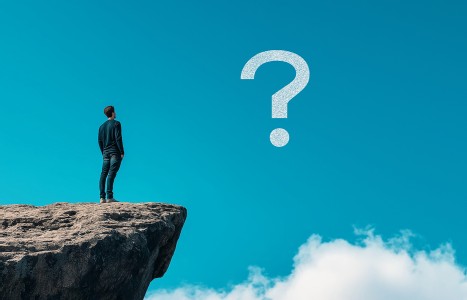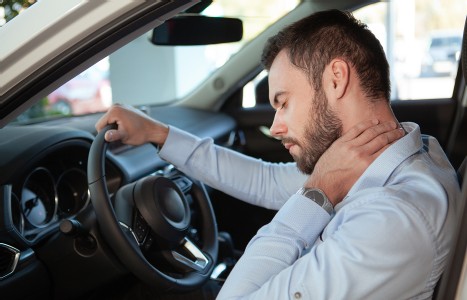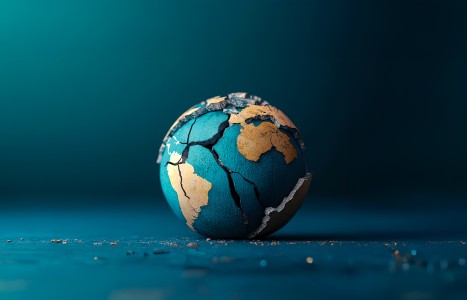Because they have yet to pass national legislation protecting the chiropractic profession, Japanese DCs are in a similar situation that U.S. DCs faced. We were fortunate enough to be able to pass chiropractic licensure state by state. The DCs in Japan must accomplish this nationally, which has proved to be an extremely difficult task. And in spite of their efforts, Japanese DCs are currently faced with two chiropractic professions.
Tracking Food Poisoning on the Internet
A new Internet-based network called PulseNet has been established to identify and stop outbreaks of food poisoning in the United States. The system, announced by Vice President Al Gore in May, allows public health scientists around the country to compare the DNA from bacteria involved in outbreaks of food-borne illnesses.1
PulseNet, developed by the Centers for Disease Control and Prevention in Atlanta, Georgia, allows four public health laboratories in the U.S. to rapidly work with the CDC, the Department of Agriculture, and the Food and Drug Administration should an outbreak occur.
Donna Shalala, secretary of the Department of Health and Human Services, theorize that PulseNet could help researchers trace strains of certain bacteria, such as E. coli, up to five times faster than now possible. A 1993 outbreak of E. coli O157:H7 killed four children and caused illness in more than 700 people in the United States.
"Foods reaching American tables today are produced, processed and distributed very differently from even a decade ago," Donna Shalala pointed out. "Food from a single source may be rapidly distributed to communities across the nation, making it more difficult to detect a disease outbreak caused by a contaminated food product. PulseNet combines the latest in microbiology and computer technology to quickly detect whether illness occurring in many different locations during the same time frame are linked to a common food source."
Reference
1. Net to help track food poisoning. Reuters, May 26, 1998.


